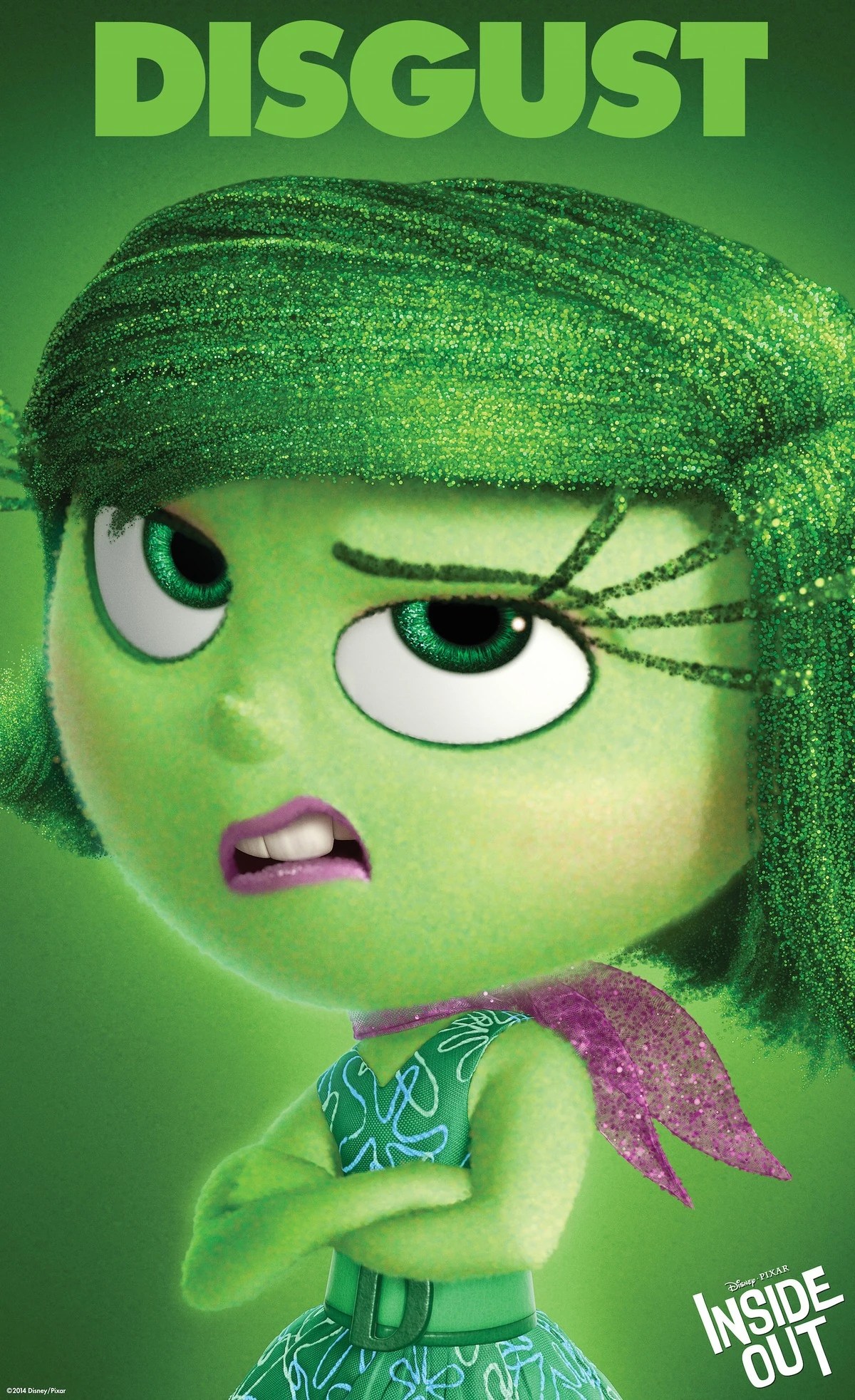Disgust is often viewed as a simple, visceral reaction, but when we delve deeper, especially through the lens of the animated film "Inside Out," we discover that it is a complex and multifaceted emotion. This exploration not only showcases the importance of disgust in our emotional landscape but also helps us understand its role in shaping our interactions with the world around us. The film presents emotions as characters, providing a unique opportunity to see how these feelings influence our behavior and decision-making processes.
In "Inside Out," disgust is personified as a character who is critical in protecting the protagonist, Riley, from negative experiences. This character embodies the protective nature of disgust, emphasizing how it serves as a defense mechanism against things that could harm us, whether they are physical dangers or social faux pas. The representation of disgust in this context encourages viewers to reflect on their own experiences and consider how this emotion plays a vital role in their lives.
As we explore the concept of disgust inside out, we are prompted to ask ourselves: How does this emotion shape our perceptions? What triggers our feelings of disgust, and can they ever be beneficial? By answering these questions, we can gain a more profound understanding of this often-misunderstood emotion and its critical place in our emotional repertoire.
What is the Role of Disgust in Our Emotions?
Disgust serves several essential functions in our emotional lives. It can help us avoid harmful situations, protect our well-being, and maintain social boundaries. This emotion often arises in response to negative stimuli, such as unpleasant smells, unsanitary conditions, or socially unacceptable behavior. By recognizing and responding to these cues, we can safeguard ourselves from potential threats.
How Does Disgust Manifest in Our Daily Lives?
Disgust can manifest in various ways, influencing our decisions and interactions. Here are some common triggers:
- Food and hygiene: Many people experience disgust when encountering spoiled food or unsanitary conditions.
- Social behaviors: Disgust can arise in response to socially unacceptable actions or language.
- Visual stimuli: Certain sights can evoke a strong sense of repulsion, impacting our emotional state.
Can Disgust Be a Positive Emotion?
While often viewed negatively, disgust can have positive implications. For instance, it can protect us from harmful experiences or encourage us to make better choices. This protective aspect of disgust is crucial for our emotional and physical well-being, reminding us that not all feelings labeled as "negative" are inherently detrimental.
Who is the Voice Behind Disgust in Inside Out?
In "Inside Out," the character of Disgust is voiced by the talented actress Mindy Kaling. Known for her sharp wit and comedic timing, Kaling brings a unique flair to the character, making Disgust relatable and memorable.
What is Mindy Kaling's Biography?
| Detail | Information |
|---|---|
| Name | Mindy Kaling |
| Date of Birth | June 24, 1979 |
| Place of Birth | Cambridge, Massachusetts, USA |
| Education | B.A. in Playwriting from Dartmouth College |
| Notable Works | The Office, The Mindy Project, Inside Out |
What Makes Mindy Kaling Stand Out as Disgust?
Kaling's ability to convey the nuances of disgust as an emotion is extraordinary. She balances humor with depth, allowing audiences to connect with Disgust on a personal level. Through her performance, viewers can appreciate the importance of this emotion and its role in our lives.
How Do We Interpret Disgust Inside Out?
Interpreting disgust inside out involves examining how this emotion interacts with other feelings. In "Inside Out," we see how Disgust works alongside Joy, Sadness, Fear, and Anger to create a rich emotional tapestry. The interplay between these emotions highlights the complexity of human feelings and how they shape our experiences.
What Can We Learn from Disgust Inside Out?
By analyzing disgust inside out, we can learn valuable lessons about emotional intelligence and self-awareness. Understanding our reactions to disgust can help us navigate social situations more effectively and foster healthier relationships. Here are some key takeaways:
- Recognize the protective role of disgust in your life.
- Reflect on situations that evoke feelings of disgust and consider their underlying causes.
- Embrace the complexity of emotions and the importance of all feelings, including those we may view as negative.
Can Disgust Help Us Grow Emotionally?
Embracing and understanding our feelings of disgust can lead to personal growth. By exploring this emotion, we can gain insight into our values, boundaries, and preferences. This process of self-discovery can enhance our emotional resilience and improve our overall well-being.
Conclusion: Embracing Disgust Inside Out
Disgust is a powerful emotion that plays a vital role in our lives, as illustrated by its portrayal in "Inside Out." By examining disgust inside out, we not only appreciate its protective functions but also recognize its potential for personal growth and emotional understanding. As we navigate our emotional landscapes, let us embrace the complexity of our feelings and learn from every experience, even those that evoke disgust.
Gwen From Total Drama: The Complex Character Behind The Cartoon
Mastering The Art Of Illustrating A Book: A Step-by-Step Guide
Dap Me Up: The Evolution Of A Cultural Gesture


